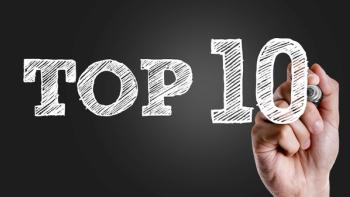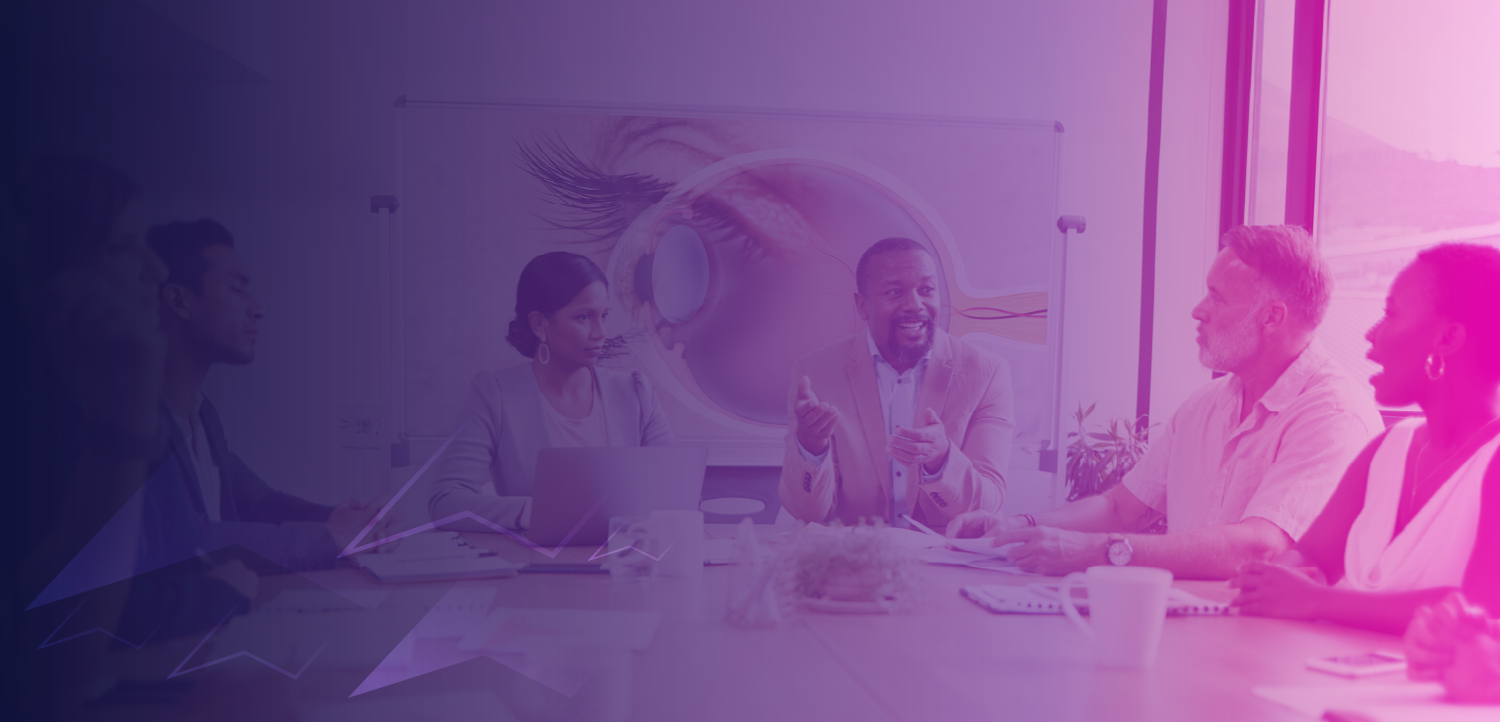
AOA announces top 5 posters in the 2025 live education session lineup
Because this year’s session is joint between the AOA and WCO, the session will feature work from members across both groups.
The American Optometric Association (AOA) and World Council of Optometry (WCO) have selected the top 5 posters to participate in the live education session at this year’s Optometry’s Meeting and 5th World Congress of Optometry, which is taking place June 25-28, 2025, at the Minneapolis Convention Center in Minneapolis, Minnesota. The poster session will take place on Friday, June 27. Each presenter will feature their posters in rapid-fire, 15-20 minute sessions.
This year’s featured posters are as follows:
- Prevalence of refractive error and visual impairment of school children of the Dominican Republic; presented by Hector Santiago
- Lyme meningitis in a pediatric patient; presented by Emily Deng
- Development of a deep learning model for detecting mild, moderate, and severe glaucoma; presented by Mikayla Kaliski, Jorge Cuadros, Xuan Jiang, Christina Lin, Joshua Foreman, Jason Ng
- Coverage of ametropia with a planned replacement soft contact lens portfolio; presented by Doerte Luensmann, Jill Woods, Lyndon Jones
- Comparison of first-time pass rate of healthcare professional board examinations; presented by Jeffrey Weaver
Because this year’s session is joint between the AOA and WCO, the session will feature work from members across both groups. In-person poster submissions were supplied by WCO to be presented at Optometry’s Meeting. The live and virtual posters supplied by AOA will also present in real time and participate in a live question and answer session with the audience at Optometry’s Meeting.
Top 5 posters for live education session at Optometry's Meeting
Poster descriptions provided by the AOA and WCO
Prevalence of refractive error and visual impairment of school children of the Dominican Republic
Created by Hector Santiago, uncorrected refractive error is the leading cause of visual impairment worldwide in 5- to 15-year-old children. The World Health Organization (WHO) SPECS 2030 initiative demands epidemiological data to evidence the need for refractive care worldwide. This is the first study of the prevalence of refractive error and visual impairment in schoolchildren from the Dominican Republic.
Lyme meningitis in a pediatric patient
Created by Emily Deng, Lyme disease is a multisystem condition caused by Borrelia burgdorferi that can have many diverse presentations in the eye. Neuro-ophthalmic manifestations, while rare, may require comprehensive testing and close collaboration between specialties.
Development of a deep learning model for detecting mild, moderate, and severe glaucoma
Created by Mikayla Kaliski, Jorge Cuadros, Xuan Jiang, Christina Lin, Joshua Foreman, and Jason Ng, glaucoma detection requires active screenings, but the lack of affordable methods calls for a reliable automated system to enable early detection and reduce care costs. To meet this need, the researchers trained a convolutional neural network to detect the presence or absence of glaucoma from fundus photographs of patients and categorize the stage of glaucoma as mild, moderate or severe.
Coverage of ametropia with a planned replacement soft contact lens portfolio
Created by Doerte Luensmann, Jill Woods, Lyndon Jones, soft lens power ranges are often broad for spherical prescriptions, but there is typically less coverage for astigmatic prescriptions, particularly with multifocal lenses. This unequal coverage within a lens brand may mean refitting previously successful lens wearers with a different brand when they need a toric or multifocal correction. This could increase chair time and requires adaptation to a different lens fit, which could negatively impact lens comfort and/or handling and therefore patient satisfaction.
Comparison of first-time pass rate of healthcare professional board examinations
Created by Jeffrey Weaver, this study compared the first-time pass rates of the National Board of Examiners in Optometry (NBEO) over a 10-year period with those of comparable national examinations in allopathic medicine, osteopathic medicine, and dentistry—professions recognized as physicians under Medicare. Additionally, it analyzed 10-year pass rate trends for one-part board exams in audiology, pharmacy, nursing, occupational therapy, physical therapy, physician assistant programs, and certified registered nurse anesthetists, comparing them to those of physicians.
Newsletter
Want more insights like this? Subscribe to Optometry Times and get clinical pearls and practice tips delivered straight to your inbox.













































